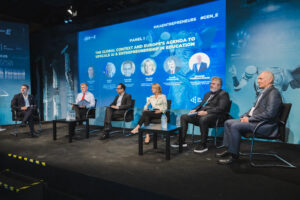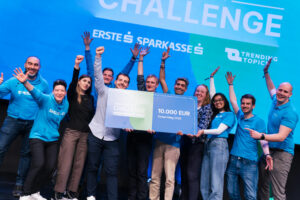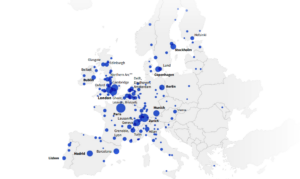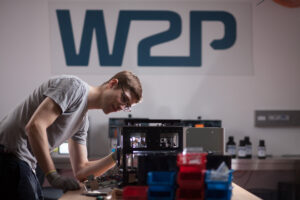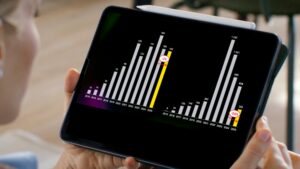Batteries could be built from recycled photovoltaic systems in the future
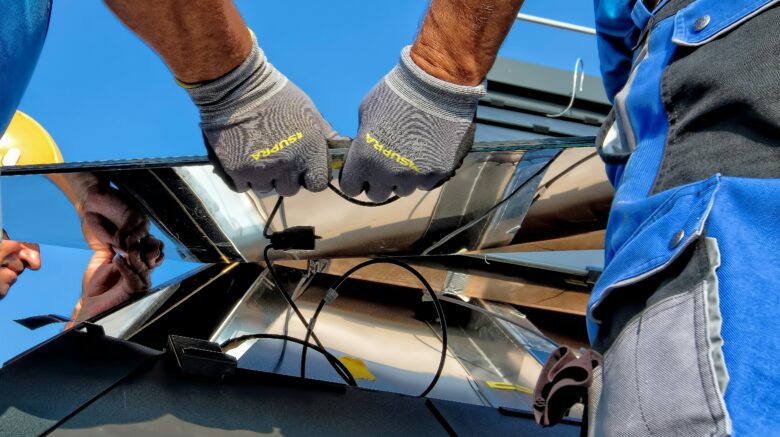
Chinese researchers have made a significant breakthrough in the development of lithium-ion batteries (LIBs) by recycling silicon (Si) from photovoltaic waste as anode material. These recycled micrometer-sized Si particles (μm-Si) showed an impressive average coulombic efficiency of 99.94% and retained 83.13% of their initial capacity after 200 cycles.
Si anodes are considered a breakthrough for LIBs due to their significantly higher capacity compared to the widely used graphite anodes and their sufficient availability in quantity and quality. Most Si anode designs are nanostructured to overcome the large volume change during charging, but this comes at the expense of manufacturability and cost advantage.
Since a lot of electronic waste will be generated in the coming decades from used solar panels, the possibility of recycling them into batteries is of course an exciting idea. Of course, it should be noted that PV panels also produce other materials such as glass, aluminum, etc. The research results were made public via Nature.
Sustainable silicon source and solution for μm-Si anodes
For the specialists interested in details: Through a rational electrolyte design using a formulated ether electrolyte of 3 M LiPF6 in 1,3-dioxane (DX)/1,2-diethoxyethane (DEE), NCM811||μm Si pouch cells survived 80 cycles and delivered an energy density of 340.7 Wh kg−1 even under harsh conditions.
Responsible for this impressive electrochemical performance is a unique SEI chemistry in which the flexible, polymer-rich outer layer holds the broken Si particles well together and the rigid, Li2O/LiF-rich inner layer facilitates ion conduction and suppresses side reactions.
The researchers’ work not only proposes a more sustainable source of Si particles, but also solves the main problems facing μm Si anode materials. This approach could advance the development of LIBs with higher energy density and longevity while improving sustainability through the use of recycled materials.







